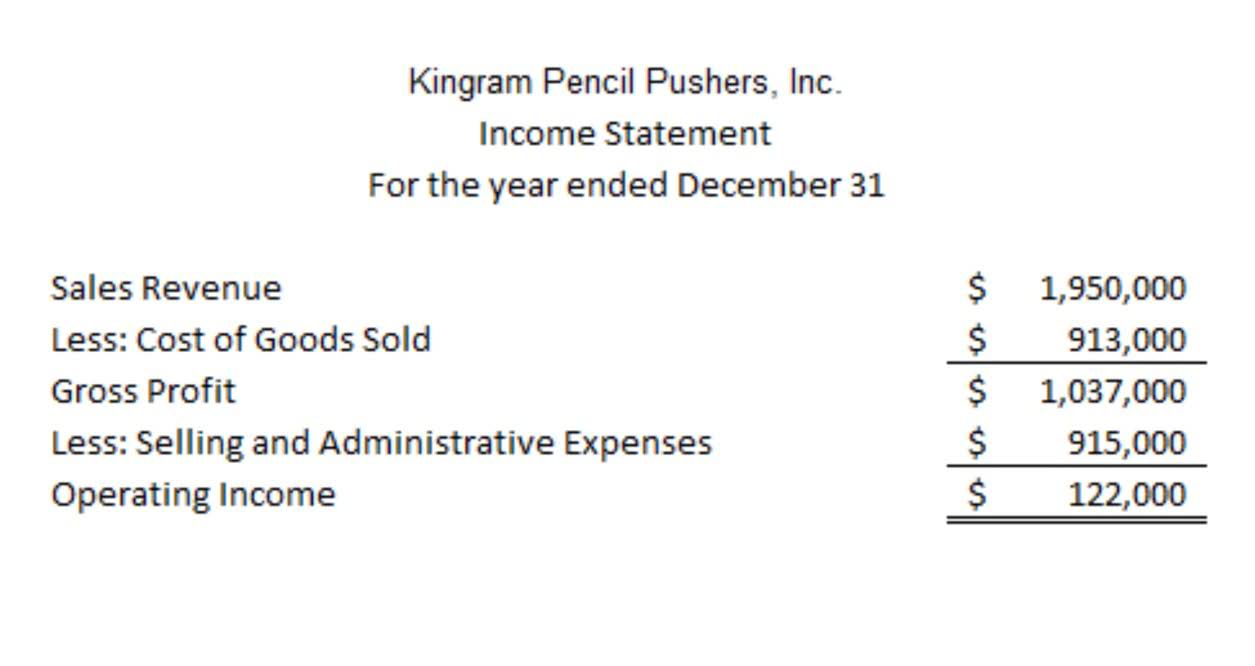Necesitas un mínimo de 4 platos más para realizar tu pedido.
Necesitas un mínimo de 4 platos más para realizar tu pedido.

Adequate Net Working Capital ensures that your business has a smooth operating cycle. This means the time needed to acquire raw material, manufacture goods, and sell finished goods is optimum. Put together, managers and investors can gain critical insights into the short-term liquidity and operations of a business. If all of Noodles & Co’s accrued expenses and payables are due next month, while all the receivables are expected 6 months from now, there would be a liquidity problem at Noodles. The three sections of a cash flow statement under the indirect method are as follows.
As a result, the company’s net working capital increases, reflecting improved liquidity and financial strength. On the other hand, examples of operating current liabilities include obligations due within one year, such as accounts payable (A/P) and accrued expenses (e.g. accrued wages). In simple terms, working capital is the net difference between a company’s current assets and current liabilities, and reflects its liquidity, or the cash on hand under a hypothetical liquidation. Current assets include accounts receivable, raw materials and goods inventories, and prepaid expenses.
In other words, it shows how much current assets the company would have left if it had to use them to settle all of its current liabilities. Changes in working capital are presented in the company’s cash flow statement. These changes can signal the management about improvements that should be made, such as product streamlining or negotiating new terms with suppliers.

Yes, working capital can be zero if a company’s current assets match its current liabilities. While this doesn’t always indicate financial health, businesses should manage their working capital carefully to have adequate liquidity and meet short-term obligations. Much like the working capital ratio, the net working capital formula focuses on current liabilities like trade debts, accounts payable, and vendor notes that must be repaid in the current year. You’ll need to tally up all your current assets to calculate net working capital.
Your business would have a positive Net Working Capital when its current assets would exceed its current liabilities. However, it would have a negative Net Working Capital if its current liabilities would exceed its current assets. Third, the expected sales of your business determine the level of fixed assets and the current assets of your business. However, only the current assets change with the change in the level of sales revenue during the short-run. This means you have a great amount of flexibility in managing the current assets of your business.

Net Working Capital (NWC) measures a company’s liquidity by comparing its operating current assets to its operating current liabilities. Thus, Net Working Capital aims to provide funds to finance your current assets by current liabilities. You need to pay back such liabilities within a short time period, typically twelve months. Accordingly, Net Working Capital showcases the ability of your business to pay off its liabilities in a short period of time.
If the change in NWC is positive, the company collects and holds onto cash earlier. However, if the change in NWC is negative, the business model of the company might require spending cash before it can sell and deliver its products or services. Therefore, you need to check the credit score of your customers before entering into any sort of agreement with them. As mentioned above, a shortfall in the Net Working capital can have a negative impact on your business. However, you may assume that taking a loan or using a credit line are the ways by which you can resolve the challenge of the inadequacy of the Net Working Capital.
Now imagine our appliance retailer mitigates these issues by paying for the inventory on credit (often necessary as the retailer only gets cash once it sells the inventory). In other words, there are 63 days between when cash was invested in the process and when cash was returned to the company. When it comes to modeling working capital, the primary modeling challenge is to determine the operating drivers that need to be attached to each working capital line item. When a company makes data-informed business decisions, it is more likely to succeed. To improve your companyʻs net working capital, start by ensuring that your team has the ability to access the data they need. So, although Molly and Jane have the same net working capital, Mollyʻs business is more financially stable.
The quick ratio—or “acid test ratio”—is a closely related metric that isolates only the most liquid assets such as cash and receivables to gauge liquidity risk. Amita Jain is a senior writer for Capterra, covering finance technology with a focus on expense management and accounting solutions for small-to-midsize businesses. She spent nearly half a decade covering high-level events hosted by the United Nations and the Government of India. Her work has been featured in Gartner and Careers360, among other publications. Calculating net working capital is the first step to understanding your organizationʻs finances. But it’s also important to communicate this information to the rest of your team in order to align department goals.
In other words, you have the raw material required to manufacture goods without any delays. Furthermore, you collect accounts receivable on time and pay accounts payable when due. The purpose of the section is to identify the cash impact of all assets and liabilities tied to operations, not just current assets and liabilities. change in net working capital The formula to calculate working capital—at its simplest—is equal to the difference between current assets and current liabilities. Given a positive working capital balance, the underlying company is implied to have enough current assets to offset the burden of meeting short-term liabilities coming due within twelve months.


El lanzamiento de COMOBIEN ha sido todo un éxito. Por esta razón, hemos decidido hacer una pausa y centrar todo nuestro esfuerzo en reorganizar los departamentos con la finalidad de poder darte un excelente servicio.
* Si quieres estar informado de las novedades, déjanos tu email aquí: